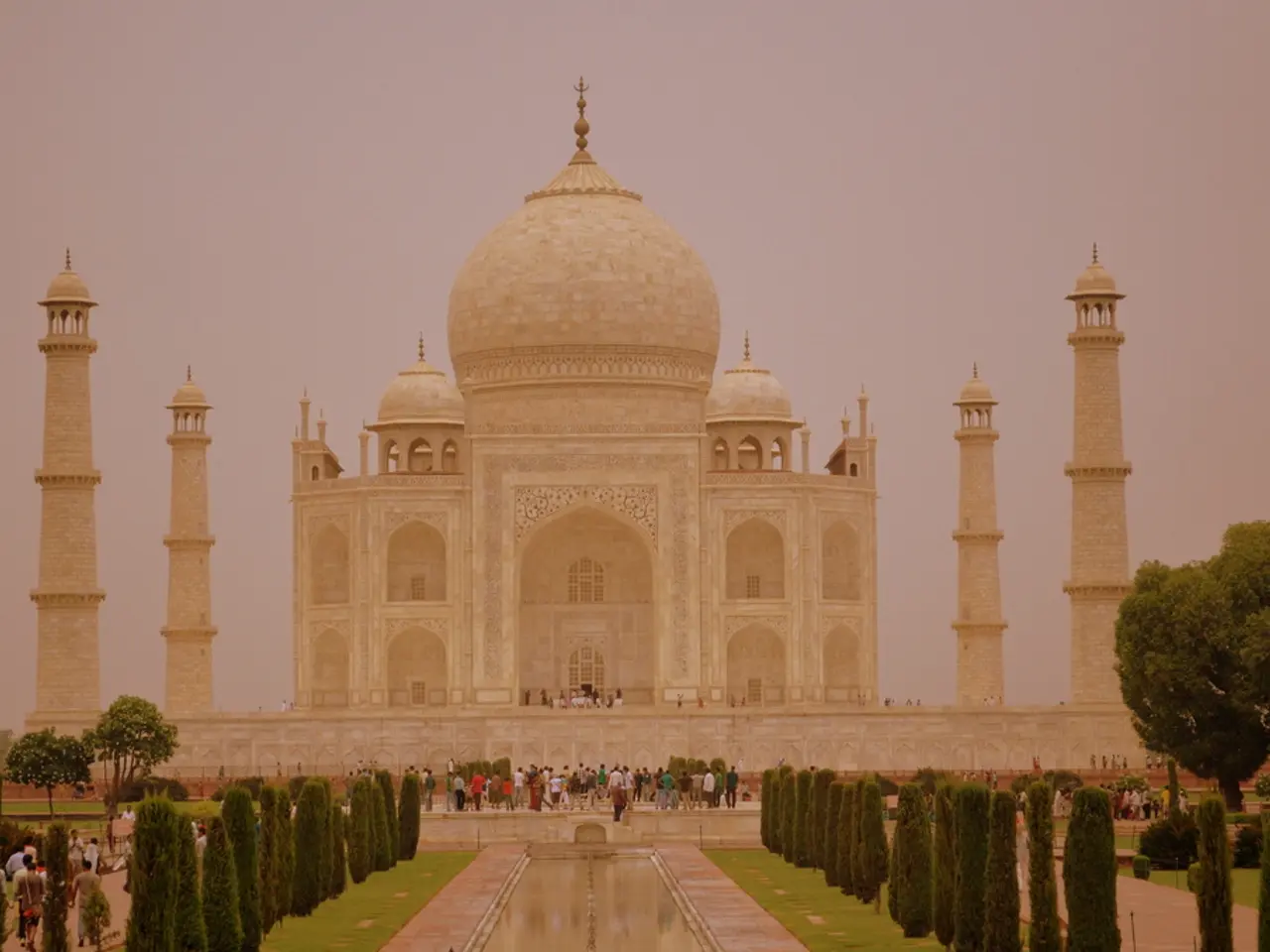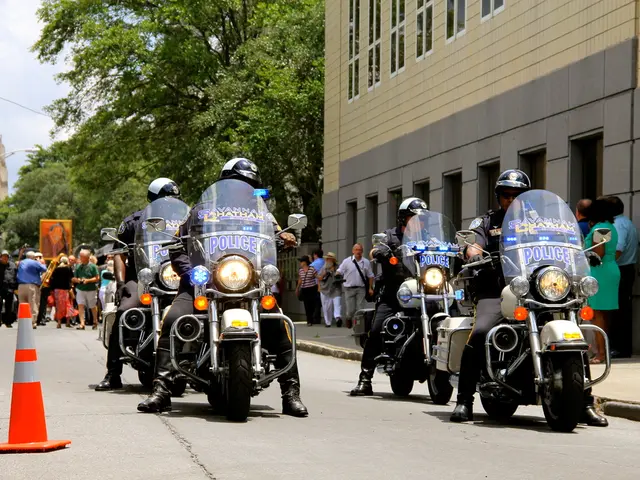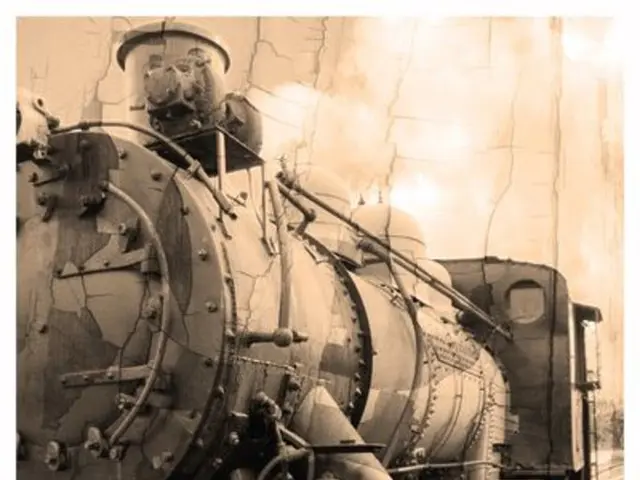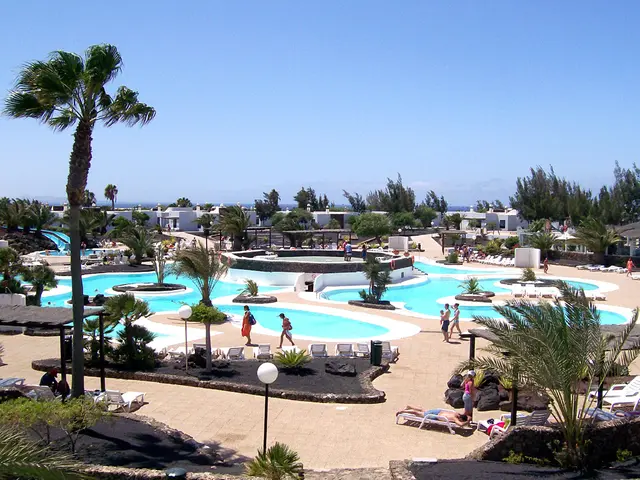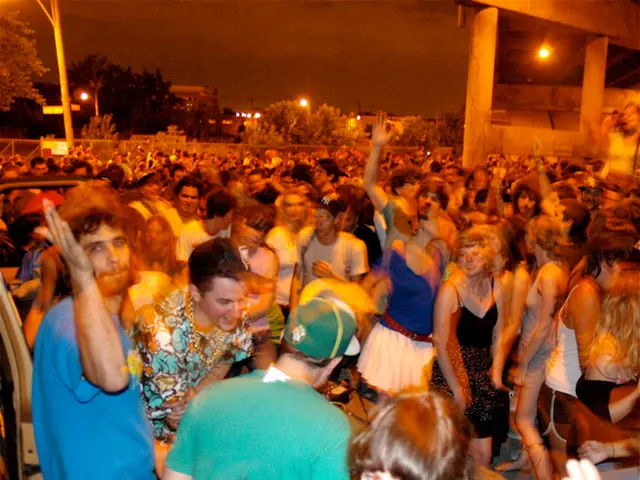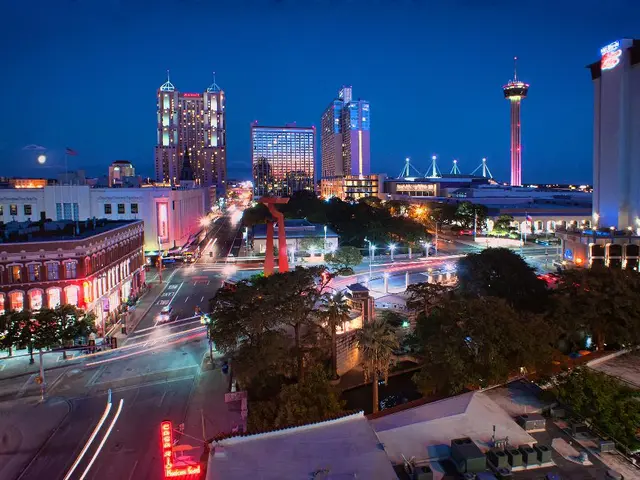Grassroots Political Marching in India: Advantages of Political Marching Journeys
In the vibrant and diverse landscape of Indian politics, a unique and effective method of election campaigning has emerged: Padayatras. These long marches, characterized by personal interaction and symbolic gestures, have proven particularly effective in rural regions where traditional means of communication hold significant influence over voters.
Political parties have recognized the potential of Padayatras, using them as a means to reach out to a vast number of voters across villages and towns. By deploying workers and supporters, they create a buzz that leads to large crowds gathering to welcome the politician, offering an opportunity for personal interaction between politicians and voters.
The success of Padayatras can be traced back to historical figures such as Mahatma Gandhi, whose Salt March was a notable example, and more recently, Y.S. Rajasekhara Reddy, who undertook a significant Padayatra in Andhra Pradesh to connect with rural voters.
A Padayatra can cover a distance of 10-20 kilometers per day, allowing the politician to interact with hundreds of people every day. This interaction, coupled with the promises made during the Padayatra, often leads to voters supporting the candidate in the elections.
Padayatra politics is more than just a campaign strategy; it is a platform where leaders can interact with people at the intersection of religion, caste, and gender, negotiating a shared vision of India's future. It is a grassroots-level approach that allows politicians to connect with people and understand their problems while covering the length and breadth of a constituency.
Moreover, Padayatra politics is an economical method in a country like India, where political campaigns are often costly. It offers a way to expand the outreach of a political leader, making them feel seen and heard, especially in rural areas.
The media coverage of Padayatra events also amplifies their outreach, impacting voters who are absent during the event. Padayatra politics allows politicians to understand the social and economic realities of the country, thereby creating better policies that address these issues at the grassroots level.
Interestingly, Padayatras are often structured around listening to local grievances, making them issue-focused and region-specific in messaging. This philosophy signals politicians' honest and sincere attempts to listen to people genuinely, increasing voter turnout in India.
In conclusion, Padayatra politics, with its focus on personal interaction, regional concerns, and grassroots issues, offers a unique and effective approach to election campaigning in India. It is a testament to the power of direct, meaningful engagement between politicians and voters, and a promising strategy for creating meaningful change in the world's largest democracy.
Read also:
- United States tariffs pose a threat to India, necessitating the recruitment of adept negotiators or strategists, similar to those who had influenced Trump's decisions.
- Weekly happenings in the German Federal Parliament (Bundestag)
- Southwest region's most popular posts, accompanied by an inquiry:
- Discussion between Putin and Trump in Alaska could potentially overshadow Ukraine's concerns
